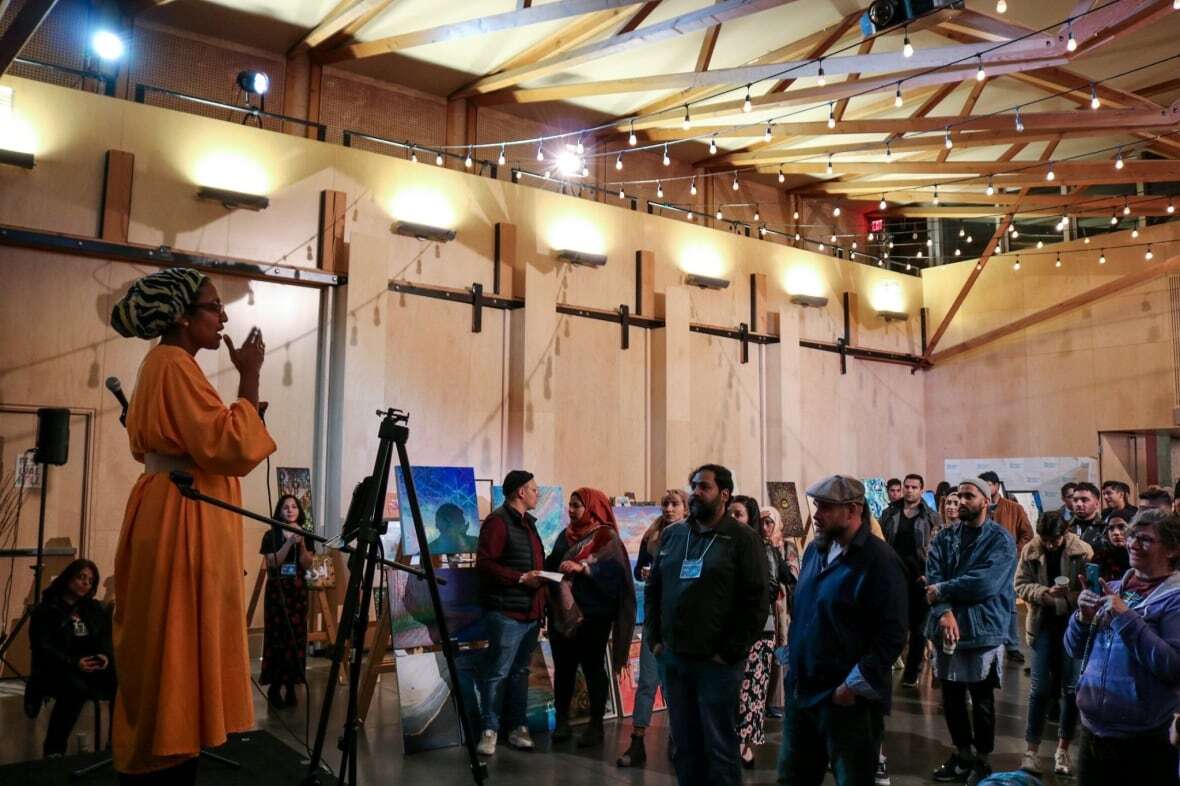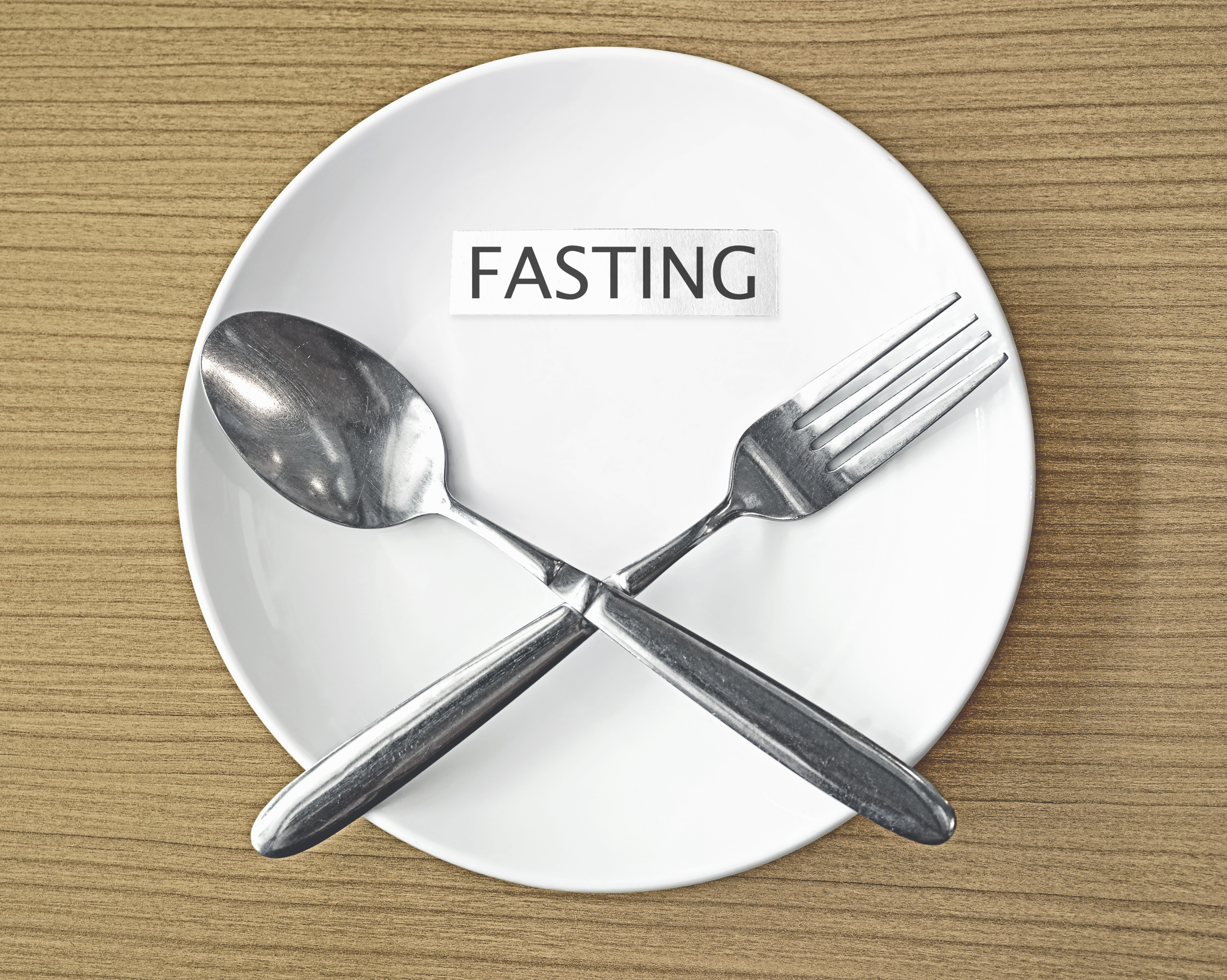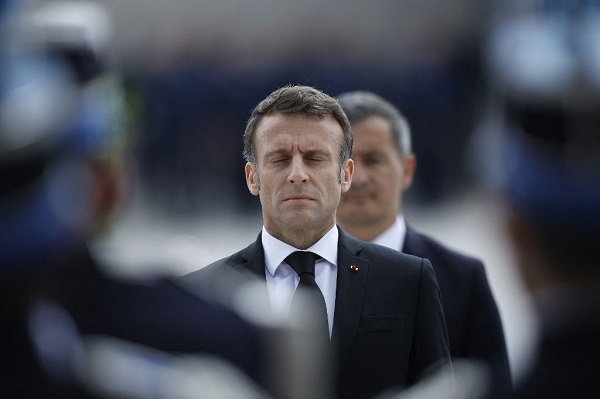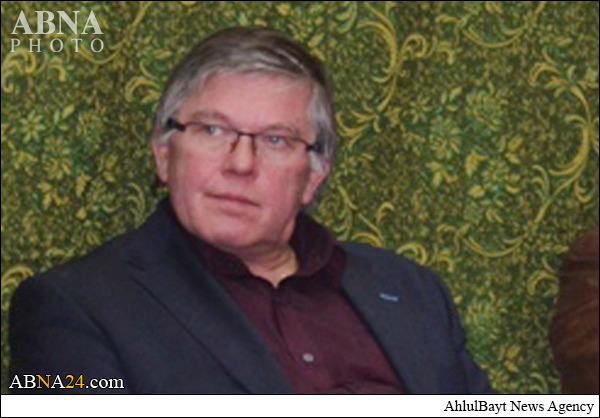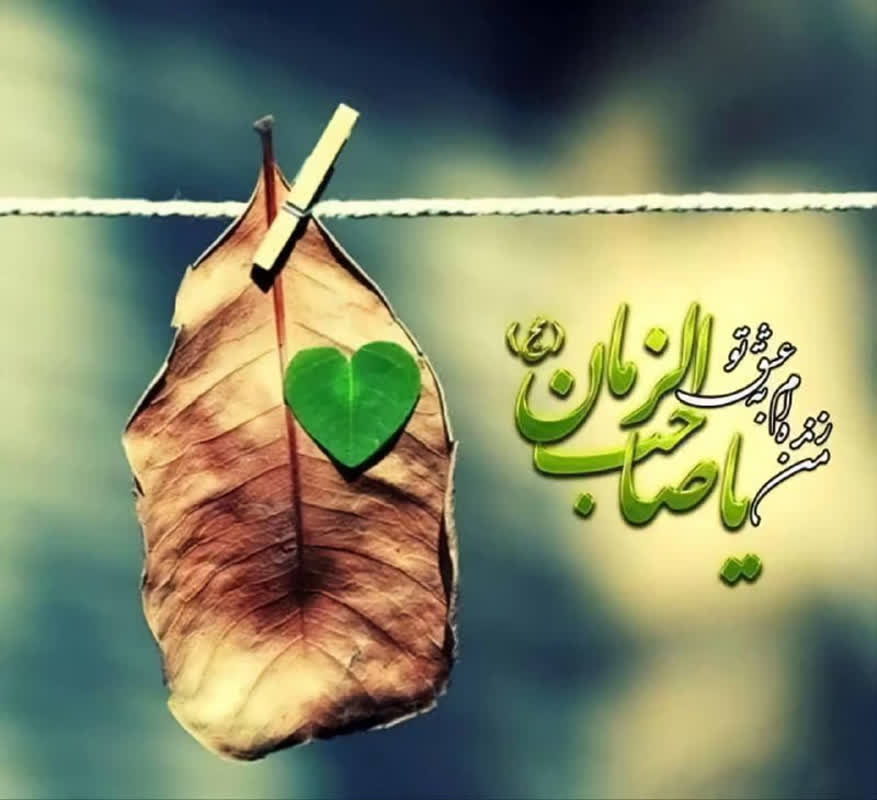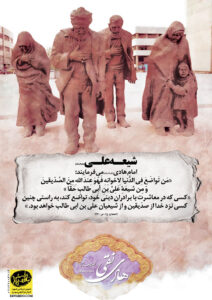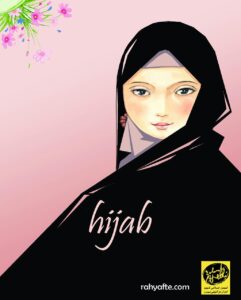According to Rahyafte (the missionaries and converts website):Sumaya Bernier says she doesn’t remember ever seeing herself or her identity represented in the movies she watched, the books she read, or the art she marvelled over.
At five years old, the Calgary-based artist picked up a blank piece of paper from her father’s printer, walked to her room, and started to doodle.
Bernier drew images of girls who looked nothing like her — girls with blonde hair and blue eyes.
“A lot of the time I remember I would make them into Disney princesses or Bratz dolls which I was super into at the time,” she said.
Even at that age, Bernier felt there was a lack of representation of her culture and religion in Western media. Whatever little representation existed, she says was inaccurate.
“Living in Canada and in the West, there aren’t a lot of positive or even accurate representations of Muslims and Islam in the media,” Bernier said.
“We see a lot of the terrorist trope and the Muslim girl who needs saving, and all those shows and movies where she removes her hijab for a love interest, which is so awful and a really negative representation of Islam.”
Driven by an ambition to depict the religion as she sees it and create more accurate portrayals, Bernier started making art that is a representation of who she is.
It’s a fusion of paintings and drawings inspired by well-known European paintings crossed over with Islamic architecture and symbols.
“I wanted to do it in a way where I’ll do something that I love,” Bernier said. “And just ultimately having the ambition to represent Islam and its adherence in a positive manner and show the truth and the beauty of the religion.”
Artistic contributions, creativity
Throughout history, Islam has influenced art disciplines including architecture, calligraphy, textiles, ceramics and glass work.
That influence is evident in parts of Europe and European art.
The exterior of the Monreale Cathedral, in Sicily is heavily influenced by Islamic architecture. Pseudo-Kufic, a decorative motif that resembles Kufic script, occurs in many Italian Renaissance paintings.
Carpets of Middle Eastern origin, the Levant and the Mamluk state of Egypt were used as important decorative features in paintings from the 13th century onwards, especially in religious painting.
But Muslims and Islam have often been misunderstood and misrepresented.
Over the last two years in Canada, Muslims have been killed, attacked and harassed publicly for displaying their religion.
And even though some have noticed a change, there’s still more that needs to be done.
Mim Fatmi is the president of the Western Muslim Initiative. For a decade, her organization has been bringing together Muslim artists at an annual art show in attempt to build a meaningful connection between Muslims in Canada.
“The roots of this event actually started in the aftermath of 9/11. We’re still kind of experiencing Islamophobia in a general sense, where it truly feels like Muslims are still kind of alienated and still not fully a part of the fabric of society in general society,” said Fatmi.
“Fortunately, I think that that has changed significantly, and yet there are still people who simply have never really met or meaningfully connected with a Muslim person,” said Fatmi. “Let alone really experienced the art, artistic, contributions, or creativity that Muslims have to offer.”
Muslim artists from several disciplinary backgrounds including music, fine art, poetry and film came together Saturday evening to bridge the gap between two worlds that so many of them are a part of — Islamic faith and Canadian culture.
Source: CBC.ca
